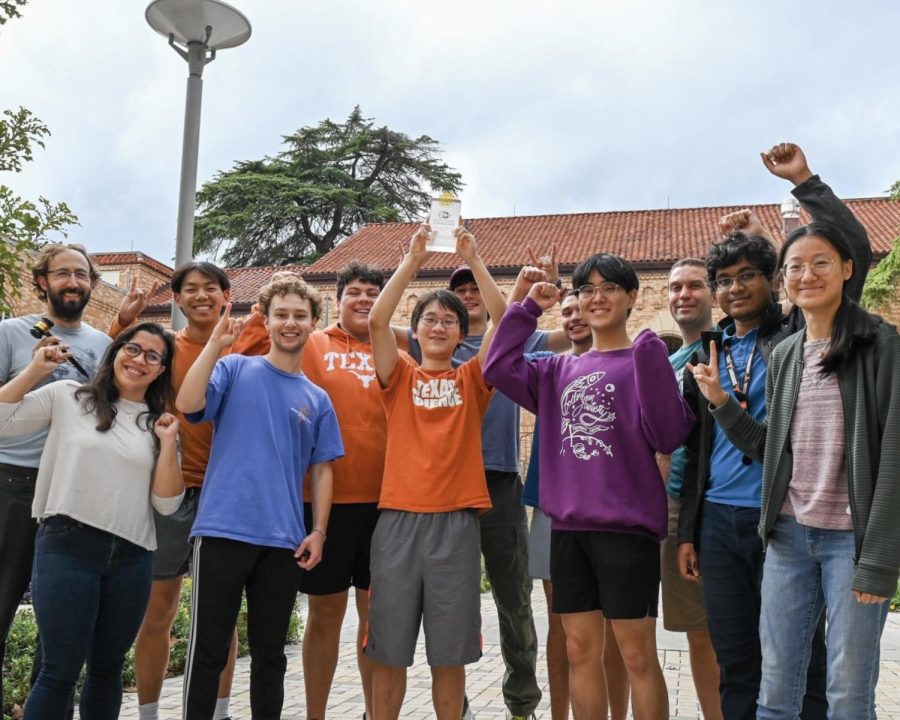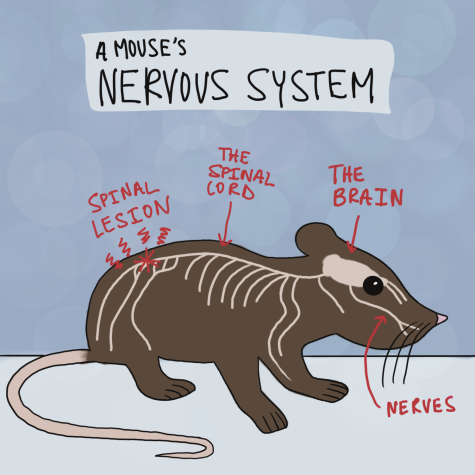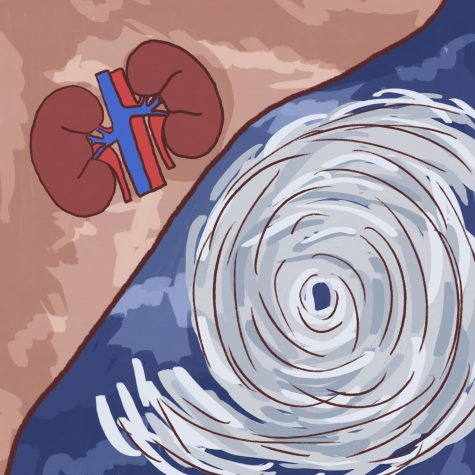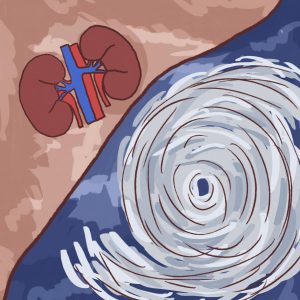UT research team named finalists in international genetic engineering competition
November 15, 2022
A UT student research team competed in the International Genetically Engineered Machine competition from Oct. 26 to 28 where they placed among the top 10 finalists, the only American team to do so.
The team analyzed detection methods for White Nose Syndrome, a disease that kills bats in Austin, and aimed to improve the process of detecting this fungus to save the local bats. Researcher Jeffrey Chuong said the disease was interesting to analyze because of its local relevance.
“Initially, we wanted to detect some sort of disease or pathogen,” said Chuong, a biomedical engineering and biology sophomore. “We found out about this cool one … and how it’s locally applicable to the Austin bats. We thought it was a really great angle, and it’s also really valued by iGEM for local people solving local problems.”
iGEM, the competition host, focuses on experimental learning programs through the competition and allows students to get hands-on research experience before they tackle projects on their own, research team advisor Dennis Mishler said.
“Every year, you have to do a new project, so it really helps the students focus on what they’re trying to learn and allows us to focus on certain objectives, which will be important to them later in their lives when they … do research themselves,” said Mishler, an assistant professor of practice.
While researching for and compiling the project, Chuong said talking to different experts who have studied the disease or field helped when approaching the lab work and narrative.
“What we did this year was communicating with the public about synthetic biology and our project (and) visiting the bat bridge to talk about what we’re doing,” Chuong said. “Also, a big part is working on the website and documenting everything, (which) finishes up in early fall.”
Researcher Keaton Brown said during the competition, each team gave a 15-minute presentation to the judges about their findings. Due to funding limitations, the team gave their presentation virtually, while the 2022 Grand Jamboree was held in Paris.
“We were the only remote team to be finalists for best presentation,” biochemistry senior Brown said. “It felt good to get recognized for all the work we had put in leading up to that week leading up to the Jamboree.”
Brown said the team wants to use their success in the competition to recruit new members for the future and expand the research program.
“One of our goals is to get publicity … and tell everybody about how important iGEM is and why we should have funding,” Brown said. “We’d love to try and use this to recruit a larger team, so we have more hands … during the project.”
Brown said the team’s biggest strength is persistence, and he is proud of how they persevered through setbacks during this project.
“Usually, science doesn’t go as planned,” Brown said. “It was just a matter of continuing to try it and just keep on keeping on, and eventually we started to (make) progress. That progress ultimately led us to getting all of our results.”







